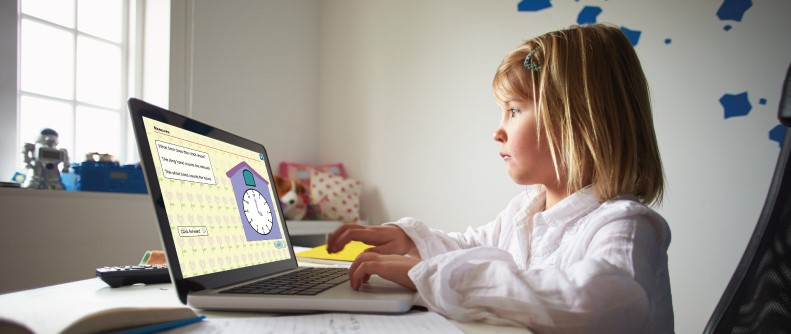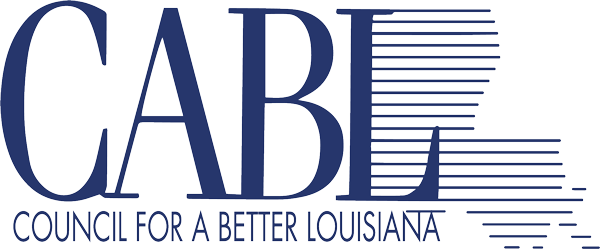
As students return to school for both elementary and secondary classes and higher education, we all know the settings will be much different than any time before. The COVID crisis has led to a wide variety of approaches to instruction that are unprecedented, to say the least. One thing most of them will have in common is a new reliance on online learning.
Everyone knew there was a digital divide in Louisiana, just as there is in just about every state, but this year the consequences of that became shockingly apparent. Exact numbers about student access to devices and high-speed internet are hard to come by, but a recent survey by the Louisiana Department of Education tells a disturbing story.
- Fully one-third of students have no home access to any kind of Internet service.
- 28-percent have no access to a school-issued or personal laptop or tablet.
- Nearly 10-percent of teachers do not have the necessary technology, including Internet and computers, to do their work from home.
- 22-percent of students don’t even have access to a phone that could be used for conference calls or learning.
- And according to the Center for Rural Innovation, 20 parishes have what they term “extremely poor access” to broadband Internet, and at least five parishes where broadband access is almost non-existent outside of schools, libraries, and some businesses.
The good news is that since that survey, major steps have been taken to address the problems. The governor has allocated almost $37 million to enhance connectivity and provide devices for K-12 and postsecondary education students across the state. The state Department of Educations is pushing schools to have a 1:1 ratio of students to technology devices, as well as Internet connectivity or access to a reliable phone line. And lawmakers just passed new legislation to facilitate greater broadband access in rural areas.
The problem, of course, is that the digital divide has been with us a long time and even with the massive efforts underway, it won’t be solved over the course of a summer. Getting real broadband connectivity in rural areas will take time and more investment than the federal relief dollars that have been sent to states so far.
School districts and colleges have gone to great pains to provide Internet access through hot spots, cellular connections, and mobile wi-fi, but these are only temporary solutions and speed and reliability remain an issue.
And even as more students get more devices, both children and parents in economically-disadvantaged families often lack the knowledge or experience to use them effectively and often can’t afford Internet service even if it is already available.
What makes this all the more critical, is that every school district in the state is relying on at least some degree of online instruction, particularly for the beginning of the school year. The Center for Rural Innovation, for example, says more than 90-percent of students in Bienville Parish lack broadband access, but the district’s reopening plan envisions students attending school in-person only two days a week, with the other three days of instruction online. They’re not alone in that, and by any measure overcoming those obstacles will be a challenge.
Through it all, school districts, colleges and universities, and educators have done a tremendous job in difficult circumstances to make a degree of progress that would have seemed almost impossible a few months ago. Still, we know because of the speed at which all of this has happened and the “creative” approaches many have had to take, there will be problems.
That’s why during the fall and the aftermath of school re-openings, CABL will be tracking progress on these and other education related issues associated with COVID-19. It’s important in this new world of corona virus that we are transparent as possible about both the content of instruction and how it is delivered most effectively. Our children are depending upon it.
